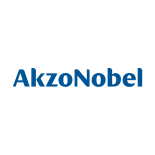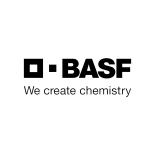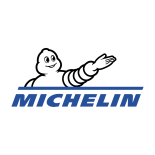Concept testing research is an early stage of product development during which the appeal of the underlying concept of the product/service being developed is tested.
What is concept testing research?
Our approach to concept testing research
The approach taken to measuring this appeal is very much dependent on the nature of the product and the innovations it offers.
It is essential to make sure that the concept being tested is communicated clearly and, where possible, should be presented in as close to the form it would be experienced in as possible. This often involves the creation of mock-ups of the product and simulated interactions with it.
Simple direct questioning may then be used to evaluate the appeal of the concept and to identify the main attributes that drive this appeal. Alternatively, MaxDiff studies, conjoint exercises and similar statistical methods can be used to calculate the implicit appeal of each attribute instead.
In some cases, multiple competing concepts may be under consideration and the research may serve to help decide which of these concepts to take forward and develop into actual products and services. In these cases, the traditional approach is to use monadic testing, testing only one concept with each respondent.
Alternative approaches to concept testing research include
- Sequential monadic – Testing each concept one after the other in a random order
- Comparative – Comparing concepts directly
- Proto-monadic – A sequential exercise followed by a comparative exercise
Concept testing can also be paired with market assessment or market entry studies to provide a full picture of the challenges that would need to be overcome. This makes it easier to judge if the appeal of the product and the potential profits it could generate justify the investment that would be needed and the risks that would be taken on.
The specific methodologies used for concept testing can vary greatly. Here are some examples of how a concept testing study might be conducted:
Example 1: Testing the Appeal of An Online Portal for High Value Professional Services
A select group of high-level business decision makers was contacted, and a screen-sharing platform was used to guide them through an online demonstration of how the portal would function, using a semi-functional mock-up of what the portal could look like.
These decision makers were then questioned directly about the appeal of the portal, what they liked and disliked, what they saw as the main advantages that it offered.
The results from this helped establish that there was sufficient demand for such a product to justify investment, and also helped inform design decisions about the appearance and functionality of the final product.

Example 2: Testing the Appeal of a SaaS Based Alternative to An Existing Software Offering

A large number of existing users of the established software product were contacted and the concept was introduced.
A conjoint exercise was conducted to establish the potential appetite for the proposed product and to establish the premium which could be charged for the new offering.
Finally, the model generated was used to estimate how introduction of the product might disrupt the current market, what market share it might expect to be able to grab and the extent to which it would cannibalize share from the client’s existing products.
Further Reading on Product Research
Our Clients













